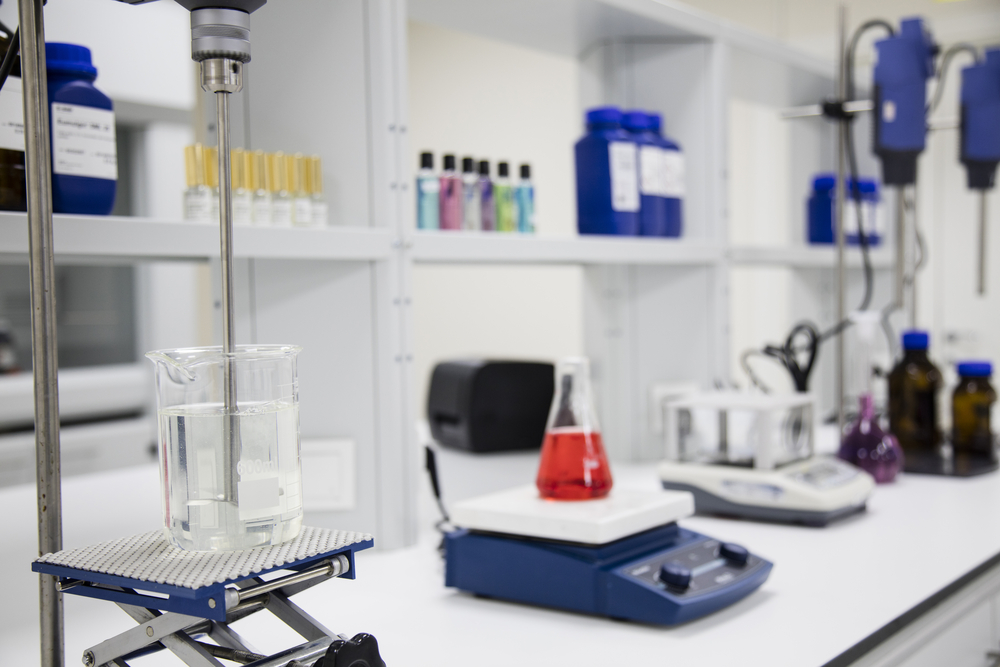
Lab Equipment Services: Repair vs Replace?
A vital piece of lab equipment has broken down. Now what? How do you know if you should replace or repair your lab equipment?
It can be tough making that decision. Especially when you are relying on scientific equipment to carry out your day-to-day operations. Additionally, you may find equipment that is not performing well while doing an internal lab audit. Neither situation is optimal, and you will be faced with a decision to repair or replace your lab equipment.
In this post, we discuss your options. All scientific industries rely on their equipment to do the job right. At Cryostar, ensuring every lab has functional tools and devices is our daily mission. Therefore, all of our services are about keeping labs functioning smoothly.
Lab Equipment Repair or Replace:
Where to Start?
Ultimately, the most important thing to figure out is very simple. No matter what business you’re in, your equipment should have one, primary purpose: accurate results. So when you’re trying to decide whether to repair or replace your equipment, ask yourself: is the device producing reliable results? Equipment such as CO2 incubators are vital lab units. And, while there are many ways to keep them in good shape, repairs or replacement is inevitable.
In terms of ultra-low temperature freezers, the same applies. Is your ULT freezer maintaining its temperature? Keeping samples safe and stored properly is vital to many labs, research teams, and hospitals, alike. While routine maintenance can extend the life of your ULT freezer, you may be faced with the decision to repair or replace your unit.
If you cannot rely on your equipment, then it’s time to consider how to proceed.
Factors to Consider:
While a reactive decision to put a bandaid on equipment not performing well may get you back online quickly, it may not be the best option. Short-term solutions often do not bring long-term success.
When weighing repairs vs. replacements, here are some of the primary factors to take into consideration:
- Regular maintenance costs over the equipment’s lifespan
- The effect repairs may have on work & productivity
- Expenses from equipment downtime; such as rentals or missed work
- What a new equipment will need for maintenance; such as calibration, cleaning, handling, and anything that will prevent breaking or malfunctions
- Any potential health, safety or environmental costs that come with breakdowns
- The age of your equipment, and the reasonable lifespan left
- Training or education expenses for new equipment
- Costs of installation
- Manufacturer reliability
- Lab equipment disposal costs
Carefully analyzing these factors can guide you towards an option that’s best for you and your lab. Essentially, it comes down to a “pro/con” system, and you want to choose the option that provides your lab the most benefits.
Option #1: Repairing Your Lab Equipment
Usually, this is the preferable solution for malfunctioning equipment. Lab managers know that repair and maintenance are the most cost-effective ways to keep the equipment working. Additionally, simple procedures like equipment calibration can be a very efficient way to keep the device operational. Calibration will ensure your equipment continues to produce reliable results.
Lab equipment repair companies like Cryostar can service lab equipment in a wide range of locations and when it’s convenient for you. If you are in New York, Connecticut, or surrounding areas, then Cryostar can provide quality lab equipment repair and maintenance to get you back on track. We also have equipment rental services as a backup while your primary equipment is being repaired.
Option #2: Replacing Your Lab Equipment
Admittedly, many lab workers instantly think “replacement” when an instrument stops working correctly. And there are a lot of reasons why a device may need replacing. Usually, depending on the broken component, variables like age and usage are considered. Managers do this to see if they can get any more usage out of the device. Obviously, this is understandable. Lab equipment is often prohibitively expensive, even from the most honest suppliers. If you can prolong the life of your instruments, you can save a lot of money.
In many cases, the equipment somehow survives well past its normal life cycle. If this is the case for your device, replacement is your only option. Obviously, this is the choice that’s sure to solve your problem. However, it’s also the most expensive. If your lab has the money, then you can’t go wrong with a replacement.
Conclusion
While it’s tough to decide whether to repair or replace your devices, these tips can help you reach a decision. At Cryostar, we’re always here to provide the kind of guidance you need for maintaining lab equipment. Keeping the scientific community working smooth and productively is our passion. For more information, contact us today!
| Call for Immediate Lab Services |
|---|
| Long Island, Nassau & Suffolk County Call: 516-333-4006 |
| The Bronx, Manhattan, Brooklyn, Queens, & Staten Island Call: 718-885-0833 |
| Albany & Southern New York State Call: 800-564-5513 |
| Piscataway, Northern & Central New Jersey Call: 800-564-5513 |
| Danbury Connecticut & Surrounding Areas Call: 203-748-7343 |
24/7 Emergency Service |